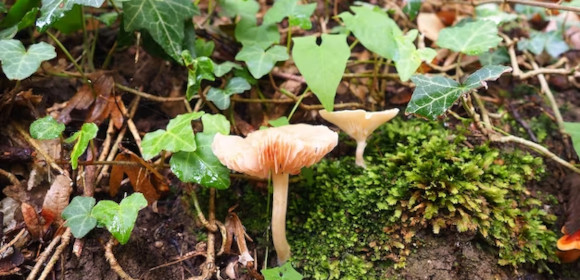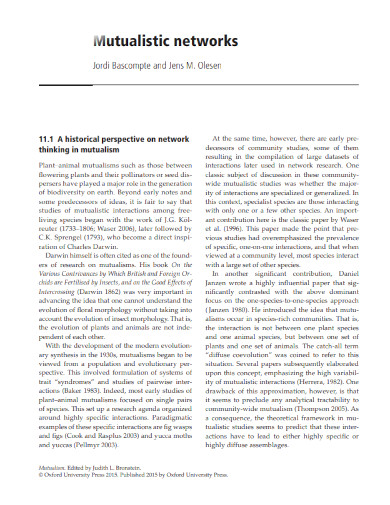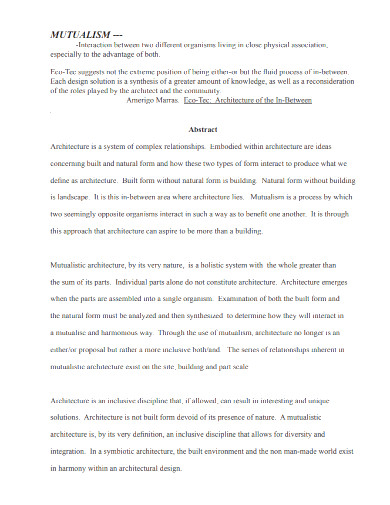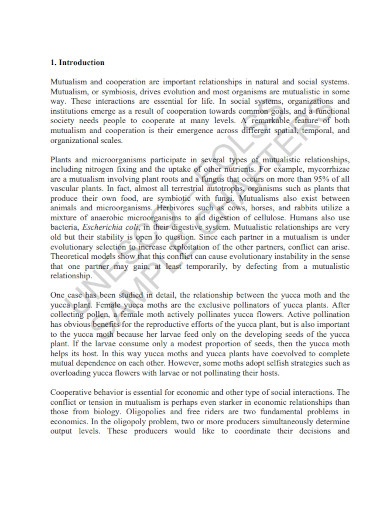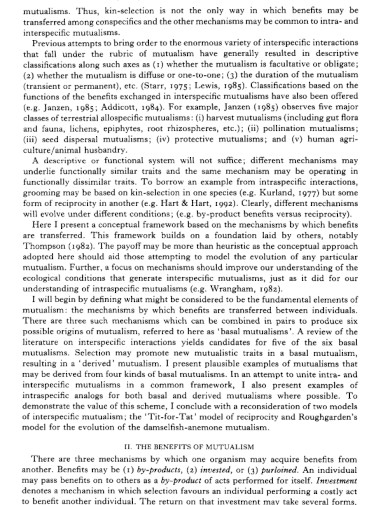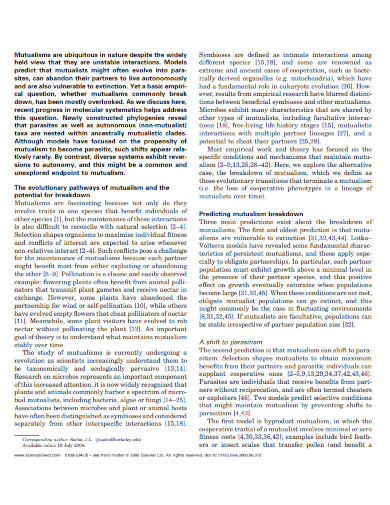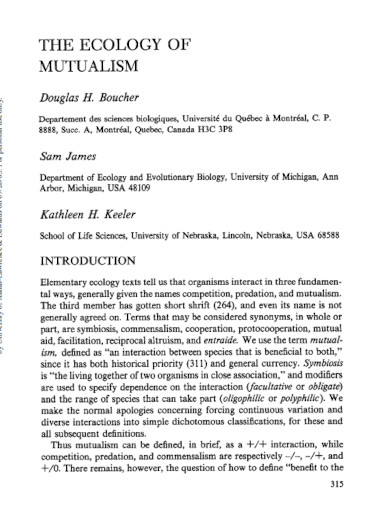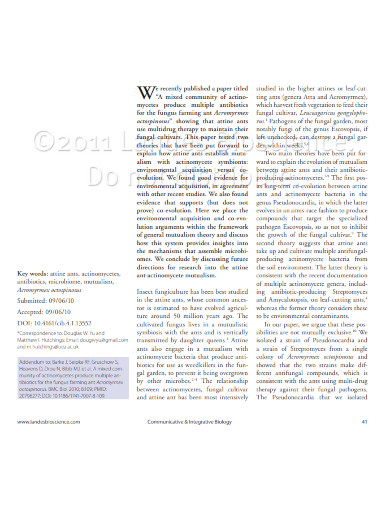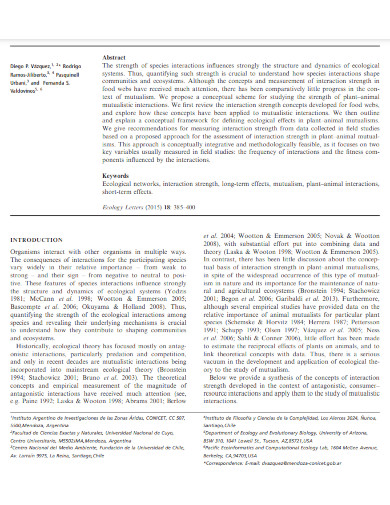7+ Mutualistic Examples to Download
In nature, creatures or entities will have positive or negative relationships with other living things of the same or different species, which is called symbiosis. These range from predation, commensalism, mutualism, and parasitism, which will cause adaptations, and coevolution in a specific biosphere or habitat.
1. Mutualistic Networks Template
2. Mutualism in Architecture Template
3. Mutualism and Cooperation Template
4. The Benefits of Mutualism
5. Pathways to Mutualism Breakdown
6. The Ecology of Mutualism
7. A Mutualistic Microbiome
8. Animal Mutualistic Interactions
What Is Mutualistic?
Mustalistic is a modifier of a relationship that indicates a healthy relationship between two or more living beings, wherein all parties benefit from the said relationship. One can also use this modifier to describe the contexts, themes, and tones of real-life relationships where all the parties have a give-and-take relationship that is not one-sided.
How to Identify a Mutualistic Relationship
A mutualistic relationship is when both entities work together to survive and thrive in their natural habitat. This union will not only benefit both parties but will allow both parties to create new strategies and techniques to ensure maximum benefits.
Step 1: Determine if Both Organisms Live in the Same Habitat
A mutualistic relationship will only be formed when both organisms have plenty of contact with one another. You must determine if both organisms inhibit the same habitat, biome, and environment and will have plenty of contact with each other.
Step 2: Check if Both Organisms Benefit from the Relationship
A mutualistic relationship requires both organisms to benefit from each other in the relationship. You must check if both organisms can benefit from the relationship, the said organisms will have.
Step 3: Identify if One of the Organism Harms the Other in the Relationship
There are relationships between organisms where both benefit from the relationship but the other organism harms the other. If one organism harms the other to reap the benefits then the relationship is not considered mutualistic.
Step 4: Determine any Coevolution
You must check if both organisms have coevolved at the same time. Mutualisms often create coevolved characteristics and properties in both organisms that will help them thrive in their environment.
FAQs
Obligate mutualism is a type of mutualism that describes a relationship between two or more organisms that will wholly depend on each other for their survival in the specific biome or habitat. There are specific flowers that will target a specific type of insect to help effectively propagate their pollen to other flowers, whilst providing an easy supply of food for those types of insects. If one of the species in the obligate mutualism is disturbed, then the other species will also be in danger.What is obligate mutualism?
Facultative mutualism is a type of mutualism that describes a relationship between two or more organisms where one species has a mutualistic relationship with other similar species in the given habitat. For example, a flower produces nectar to attract various insects to help propagate their pollen to create more offspring, while providing food to those insects. If one of the species is threatened, the other species will lose a vector of transmission or mutual benefit but this will disadvantage the organism too much.What is facultative mutualism?
Defensive mutualism is a type of mutualism that describes a relationship between two or more organisms where one provides the other with a habitable shelter and a food source and the other defends the organism. For example, a clownfish relies on the anemone to protect them from dangerous predators, while the anemone relies on the clownfish to eat and prevent bacterial infections the anemone cannot fight.What is defensive mutualism?
Mutualism is a factor of a relationship wherein all the parties will mutually benefit from the relationship. It is important to know and understand how organisms help each other survive in the environment they are in.


